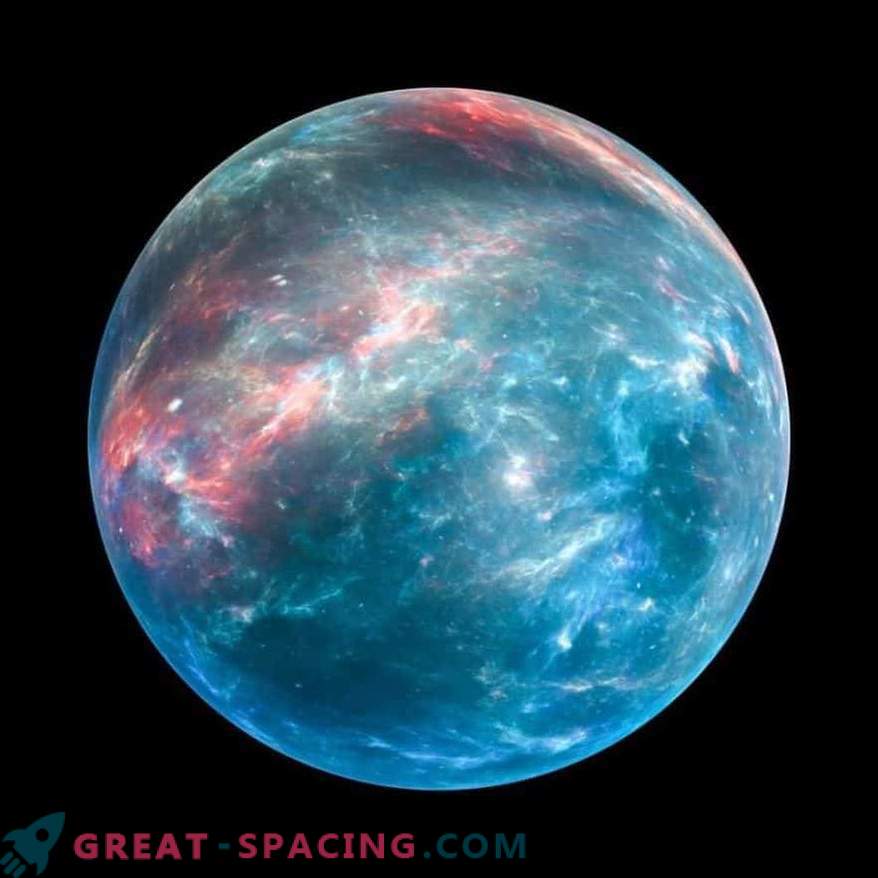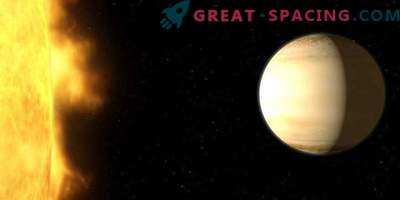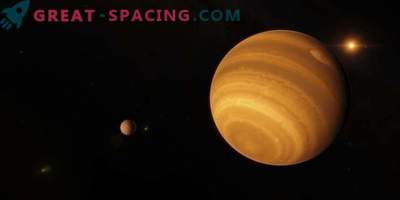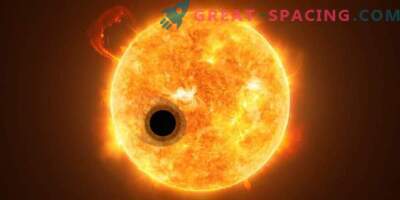
As of 2019, researchers managed to find more than 4,000 exoplanets, but about 2500 more worlds are waiting for confirmation of their planetary status. How among all this diversity to find the rarest exoplanet, the analogue of which is not found in the universe?
It turns out that such a world is still there (of course, we are still judged only by the list of known exoplanets). If you are at a distance of 332 light-years from us and find yourself in the territory of the constellation Sextant, you will find the star WASP-127. In its development, it is at the stage of the main sequence, but is preparing to transform itself into a subgiant.
At a distance of 0.05 a. e. Planet WASP-127 rotates from the star b. Initially, the world seemed a typical and ordinary gas giant of the hot jupiter type. He was noticed in 2016 by SuperWASP staff using the transit method. But further studies have shown many interesting and unusual features.
The effective temperature of the world reaches 1400 K. The radius of the WASP-127 b is 1.4 times higher than that of Jupiter, however, it shows only 20% of the massiveness of our gas giant. If to speak more precisely, then on a mass this huge planet more likely converges with Neptune. Spanning around a star spends about 4 days. In fact, before you one of the easiest exoplanets in its category. What more surprised? Interesting features found in the study of the atmosphere WASP-127 b. Observations in the Bolshoi Canary telescope showed that the atmospheric layer of this world is incredibly clean. That is, the number of clouds reaches only 50%.

The scientists called the sky itself “metallic” because of the presence of potassium, sodium and lithium in the atmospheric composition. How many metal signatures were found on a planet with an unexpectedly small density (one of the least dense worlds among those discovered)?
It is important to note that lithium is spread on our planet because the Earth rotates in comfortable temperature conditions (habitable zone). With WASP-127 b everything is more complicated. Usually, lithium is not found on stars or hot jupiter due to high temperatures. However, this element was recorded, both on the planet and on its native star!
This is very important because it allows you to study the history of the development of this system. Researchers believe that in the distant past a supernova exploded near a cloud of gas and dust, which enriched it with lithium. It was from this cloud that the star WASP-127 appeared, and then an amazing exoplanet. We also add that when analyzing the composition of the atmosphere, we managed to fix weak signs of water. Scientists were surprised, because they did not expect to see anything like it in such a strange planet. It is the combination of all these unusual characteristics that makes WASP-127 b the rarest exoplanet among the known ones.
Researchers are awaiting the launch of the James Webb space telescope, which will allow a better understanding of the world and its atmosphere. Its power will allow you to look through a clear metal sky and understand what is happening on the planet itself.











































